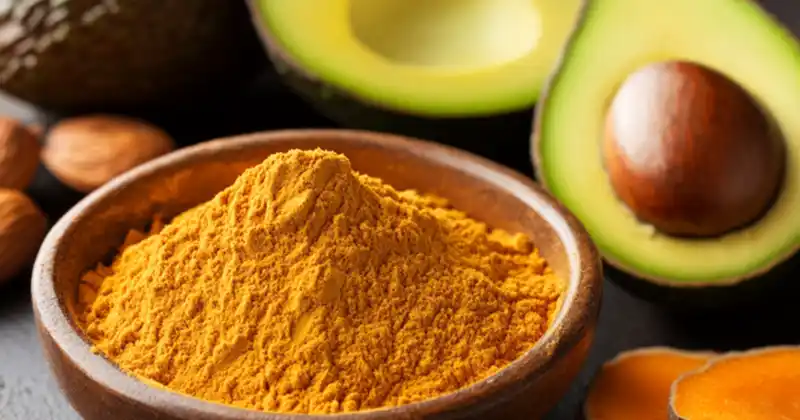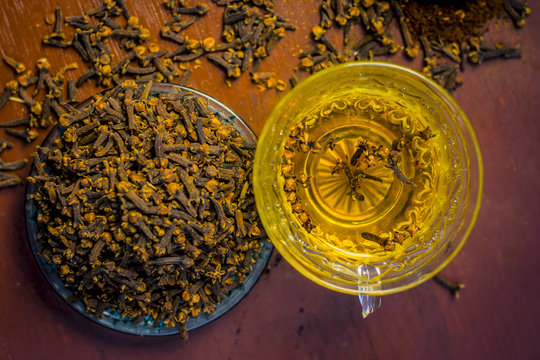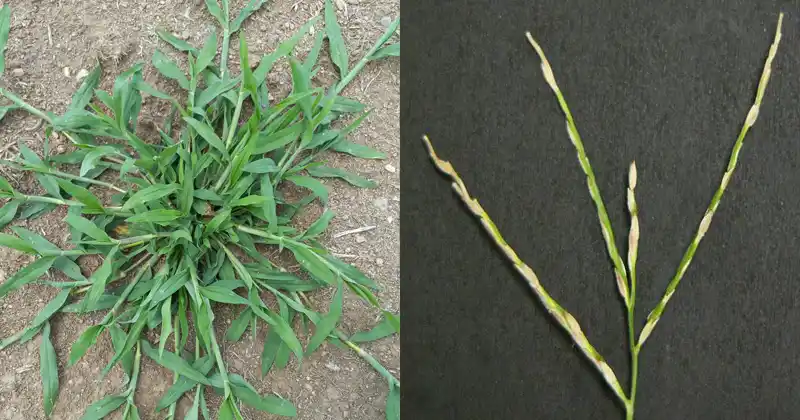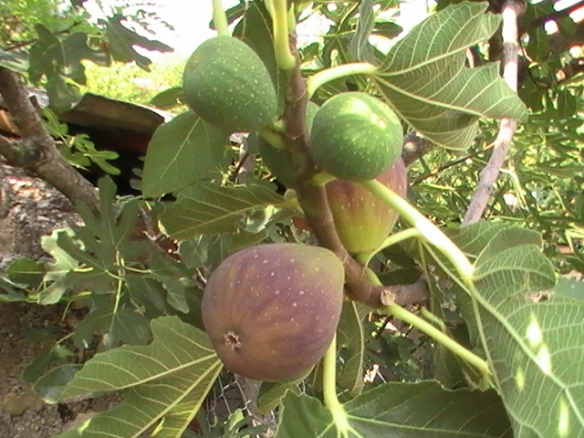Purslane may be considered a common weed, but don’t be quick to dismiss it. This unassuming plant is actually a nutritional powerhouse, packed with omega-3 fatty acids, vitamins (especially A and C), minerals, and antioxidants. With its ability to thrive in different climates and conditions, purslane is a versatile and resilient addition to your diet. Let’s explore how to identify purslane and incorporate it into your meals with a simple and nutritious recipe.
Identifying Purslane

You can easily recognize purslane by its succulent green leaves, reddish stems, and small yellow flowers. It typically grows up to 12 inches in height and spreads out in a mat-like fashion on the ground. Here are some key features to help you accurately identify purslane:
- Leaves: Oval-shaped, fleshy leaves that resemble those of a jade plant.
- Stems: Thick, reddish, and succulent stems.
- Flowers: Tiny yellow flowers that only open in the morning.
- Growth Habit: Grows close to the ground, forming dense mats in gardens, sidewalk cracks, and compacted soil areas.
Foraging for Purslane
Purslane can commonly be found in gardens, fields, and along roadsides. When foraging for purslane, make sure to choose plants that haven’t been exposed to chemical pesticides and are away from busy roads to avoid contamination. The best time to harvest purslane is in the early morning when its leaves are most succulent.
Culinary Uses
Purslane can be enjoyed both raw and cooked, offering a slightly lemony and salty flavor. It’s an excellent addition to salads, sandwiches, and soups. When cooking purslane, brief heating helps retain its nutritional value and texture. Here’s a simple recipe to get you started:
Recipe: Purslane and Tomato Salad

This refreshing salad showcases the unique flavor of purslane and combines it with the sweetness of tomatoes and a tangy vinaigrette.
Ingredients:
- 2 cups fresh purslane, leaves and tender stems
- 1 cup cherry tomatoes, halved
- 1/4 cup red onion, thinly sliced
- 2 tablespoons olive oil
- 1 tablespoon apple cider vinegar
- Salt and pepper to taste
- Optional: Feta cheese or olives for garnish
Instructions:
- Prepare the Purslane: Rinse the purslane thoroughly under cold water to remove any dirt. Pat dry with a towel.
- Combine the Salad Ingredients: In a large bowl, combine the purslane, cherry tomatoes, and red onion.
- Make the Vinaigrette: In a small bowl, whisk together the olive oil, apple cider vinegar, salt, and pepper.
- Dress the Salad: Pour the vinaigrette over the salad ingredients and toss gently to coat evenly.
- Serve: Garnish with feta cheese or olives if desired. Serve immediately.
Nutritional Benefits
Purslane is a rich source of omega-3 fatty acids, which are essential for heart health, brain function, and reducing inflammation. It’s also packed with Vitamin A, Vitamin C, magnesium, and potassium, contributing to overall health and well-being.
Purslane truly embodies the saying, “One person’s weed is another person’s salad.” By recognizing and embracing the nutritional power of this humble plant, you can add variety, flavor, and a nutritional boost to your diet. Whether you forage for purslane in the wild or cultivate it in your garden, this resilient plant can be a delightful addition to your culinary repertoire.





